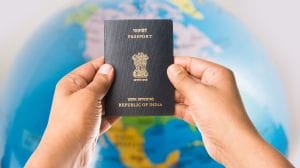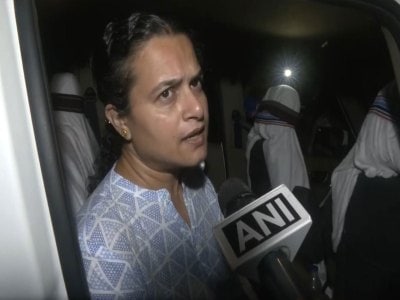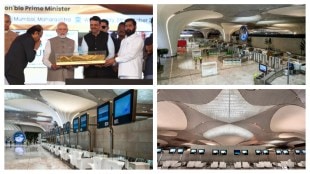By A.P. Singh
A report by NITI Aayog estimates that India’s annual foodgrain production will need to increase by 50% by 2030 to meet the demand of a growing population. Further, according to the Food and Agriculture Organization (FAO), India has the highest number of undernourished people in the world, with approximately 189.2 million people suffering from hunger in 2020.
While looking at the action already initiated by India to address SDG 2 which is about achieving ‘Zero Hunger’ by 2030, the United Nations has recently commended India’s G 20 presidency for bringing forthright an ambitious action plan on achieving various SDGs including SDG 2.
Non-governmental social welfare organisations have played a meaningful role in the progress towards achieving the ‘Zero Hunger’ goal. From July 2022 to January 2023, Lions Clubs International Foundation (LCIF) has awarded 32 hunger-related grants. Programs to provide dry ration support to marginalized families and mid-day meals to children in schools too are aligned to the national goal.
The progress of nations across the globe in meeting the SDGs are largely dependent on India’s progress to a great extent and as such India’s G20 presidency is an ideal platform for demonstrating progressive initiatives, dialogues, and action plan for achieving SDG 2. India has already played a distinctive role in formulating the United Nations Sustainable Development Agenda 2030. NITI Aayog’s ‘National Development Agenda’ which is a long 15-year (2017-18 to 2031-32) vision has already combined national goals and targets with various SDGs.
At the beginning of 2023, the Indian government had proposed declaring ‘International Year of Millets’ (IYM) 2023 as a ‘People’s Movement’ at the United Nations General Assembly (UNGA) which has been accepted. The idea behind the proposal was to position India as the ‘Global Hub for Millets’. Indian embassies in over 140 countries are celebrating IYM 2023 by organising various side events including the Indian diaspora through exhibitions, seminars, talks, panel discussions, etc.
According to ‘The Millet Network of India’, a coalition of individuals, institutions, policymakers, and think tanks covering 15 states, millets require water less than 25% for sugarcane and banana and 30% less for rice cultivation. Addressing the challenges of climate action, farmers are preparing to shift towards millets which is a traditional crop, rather than cultivating water-intensive fruits and vegetables as they are not able to sustain in high-temperature situations. Thus, by promoting millet production, farmers can be guarded against the assault of climate stress and also help in enhancing their income. This will also help achieve the goals of sustainable agriculture which to a large extent linked to SDG 2.
The nutritional value of ‘Shree Anna’ as millets is also called, has the potential to provide nutritional security in a scalable and sustainable manner. Millets are said to be apposite to chemical-free farming and are also pest and disease resistant by nature. It does not require heavy use of water for cultivation.
India has already shown its dominance over its peer nations through the National Food Security Act (NFSA) 2013 aimed at addressing the availability, accessibility, and affordability dimensions of food security. NITI Aayog has also recommended for inclusion of millets in the public distribution system (PDS), midday meals in schools, and Integrated Child Development Services (ICDS) programme. This further provides demand for millet production while ensuring nutrition security and food security which is also said to be linked to SGD 2 to a large extent. Production Linked Incentive Scheme (PLI) has also been introduced by the government in the food processing sector and as such it becomes important for millet to get maximum benefit by encouraging more start-ups to come forward and produce millet-based products.
G20’s Agriculture Working Group to Take up food security and Nutrition:
With India taking up G20 Presidency, the food security concern will get a new impetus. In all probability, the G20 Millet International Initiative for Research and Awareness (MIIRA) will enhance the balance between nutrition security and food security. Consolidation of Agricultural Marketing Intelligence Systems (AMIS) is a part of the agenda Under G20’s Agriculture Working Group, with the theme ‘Enhancing Food Security and Nutrition’.
The role of non-government organisations in ensuring equitable access to nutritious foods, especially among the more vulnerable sections such as children under age 5, women in general, and those of reproductive age will help in ensuring nutrition security and food security for the general population.
In conclusion, the need of the hour is a periodic review with proper checks and balances for achieving the various targets under SDG 2.
(The author is the International Third Vice President at Lions International.)
Disclaimer: Views expressed are personal and do not reflect the official position or policy of Financial Express Online. Reproducing this content without permission is prohibited.)









